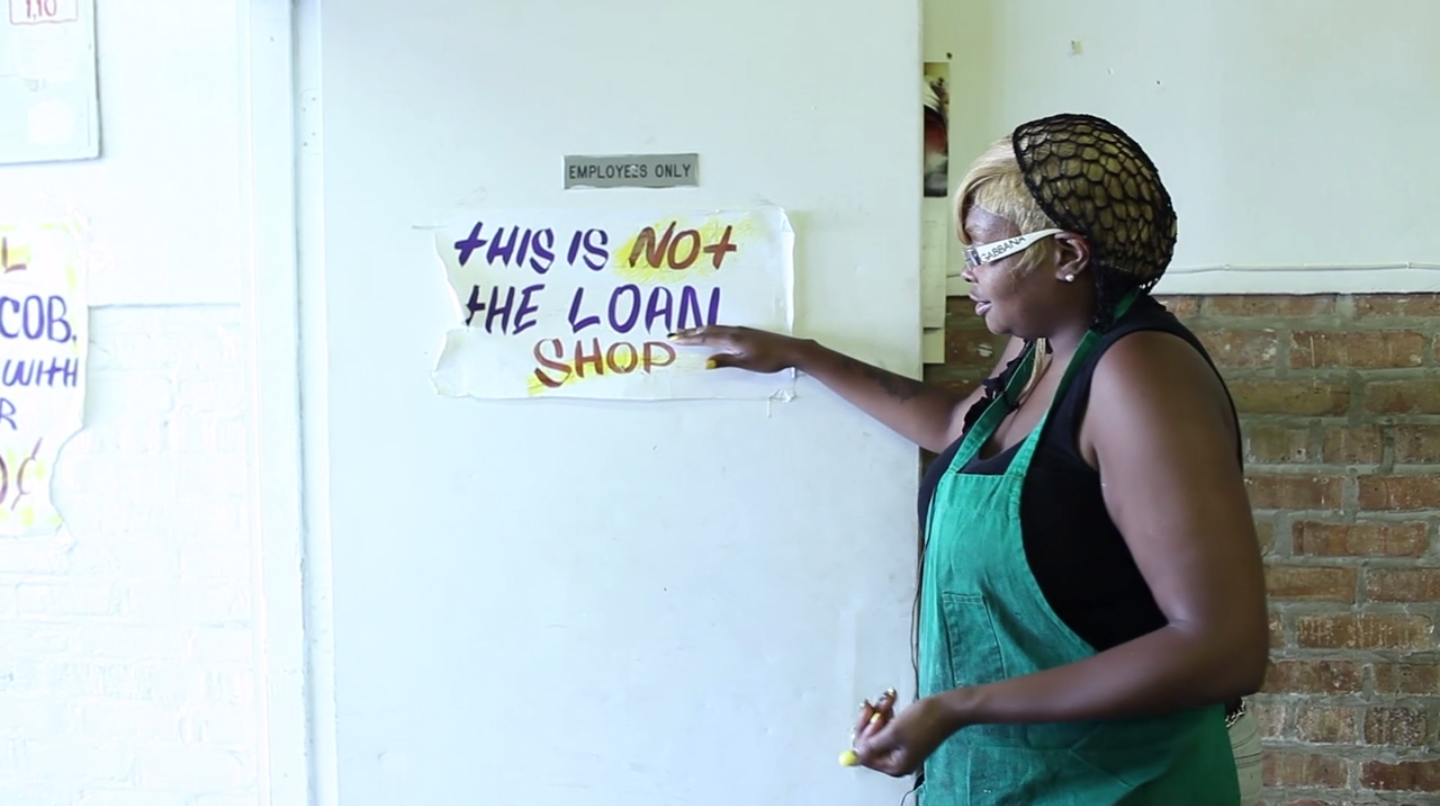In a world often made too public, every door and window hides people who guard their stories from often-unforgiving society. Cyrus Dowlatshahi is one artist who has made it his priority to observe, document, and reveal the stories he thinks should be heard. A native Chicagoan hailing from Hyde Park, he captures otherwise unknown subjects on their everyday stages and presents them in film.
For the past four years, Dowlatshahi has been working on an observational documentary of the South Side entitled Takin’ Place, and last week he screened a rough cut of the film to a small audience at the Logan Center for the Arts. Given the nature of observational filmmaking, one might assume Dowlatshahi simply aims to capture people’s stories. But his work has further motivations: he attempts to comment on what a person considers “normal” and to capitalize on the assumption that one’s normality in the South Side is someone else’s strange or unfamiliar. Yet it remains uncertain how Dowlatshahi can expose these lives through observational means while maintaining the capacity to steer his audience towards the issues and questions he intends to illuminate.
The documentary genre invites inquiries and criticisms of the methods of the director. One oft-debated question—and one Dowlatshahi addresses in his own work—is whether a filmmaker who desires to observe and record must also strive to remain absent from the process and end result. Dowlatshahi cites Frederick Wiseman, an acclaimed American filmmaker who adopted the “fly on the wall” approach in his career, as one of his role models in the medium. “[Wiseman] is the master of observational documentary — he’s completely separate from the lives he depicts in his work,” he says. But despite his appreciation for Wiseman’s methods, Dowlatshahi has no reservations about interacting with his subjects, commenting on camera about the things he wants made apparent and steering conversations towards the topics he wants discussed. “When I assemble footage in the editing process, it is sometimes strongest and most effective to include my interactions with the person on camera,” he says. He even claims that the purity many seek in observational films—the very purity he praises in the work of his role models—might not exist. “I don’t really believe there is such a thing as just hitting record and presenting pure reality,” he says. “An objective reality simply isn’t possible in the realm of film.”
Despite his emphasis on certain subjects in the film (gang violence, education, and family dynamics are a few of the themes discussed), Dowlatshahi does not believe his work offers concrete objectives and denies the existence of particular ambitions on his part.
“People can think I’m painting a picture with my comments or that I’m trying to color their emotions, but that doesn’t matter. It’s ultimately up to the viewer and what they want to think is relevant,” he says. This nonchalant attitude toward his own work can easily be mistaken as passivity or indifference about the objectives of the project, or lack thereof. Either way, it comes as no surprise that Dowlatshahi has some reservations about labeling himself a director.
“Real life evidently does not have a script…and in the field I don’t try to create some sort of reality when shooting,” he says. Rather, he asserts that the real decision-making in the process comes during editing. “Every editing decision is shaping the overall film, tainting it…I’m not really orchestrating the process, just selecting things. It’s really for the viewer. They’re giving me an hour and a half of their time, and it’s my job to captivate them.”
Dowlatshahi’s project can only find relevance if the audience sees significance in the subjects they are watching. “I work alone, and sometimes I get so into the footage and adjusting edits and swapping and reordering shots that I’ll lose that bigger-picture sense of how it will all play to an audience in the end,” he says. Yet this bigger picture, whether it is the one he hopes to convey or the one that the audience comes up with on their own, is what the film’s success will rely upon—giving the audience perhaps more responsibility than they bargained for.
In the coming months, Dowlatshahi will surely tinker away, analyzing, selecting, and perhaps somewhat directing every minute of what will culminate in a finished film. His subject of choice at the moment—the South Side of Chicago—is close to home, and the people he stares at on his computer screen are familiar faces by now. If his project succeeds, the viewers of the finished Takin’ Place might be able to say the same.


It’s an interesting concept Dowlatshahi is using, similar to the issue confronting anthropologists conducting field research when they decide whether to strictly observe and record what they see vs. conduct participant observation and engage with their subjects. I would say that Dowlatshahi is conducting “participant reality filming” especially if he “exposes these lives through observational means while maintaining the capacity to steer his audience towards the issues and questions he intends to illuminate.” What I find curious is his reflection on his approach, that he is not “orchestrating the process.” Of course he is, you can’t make editing decisions that shape the overall film, that “taint it” as he says, without orchestration, that’s what orchestration means. Sounds like a great film!